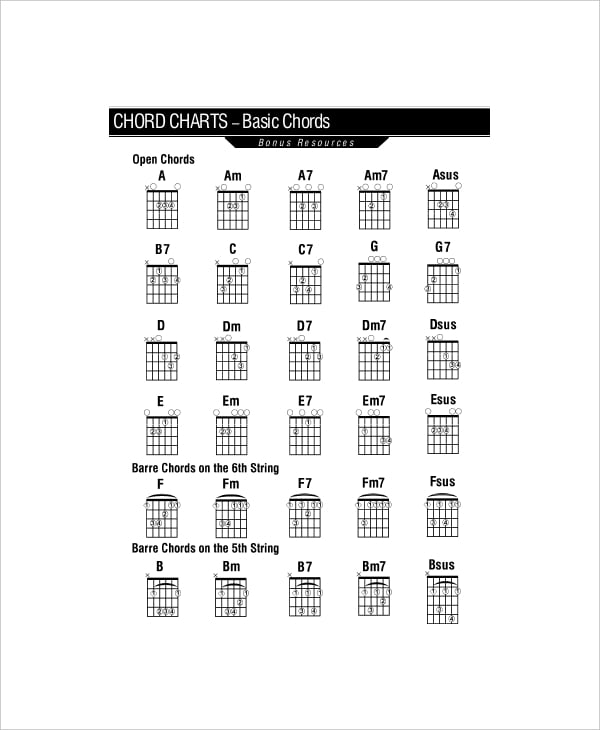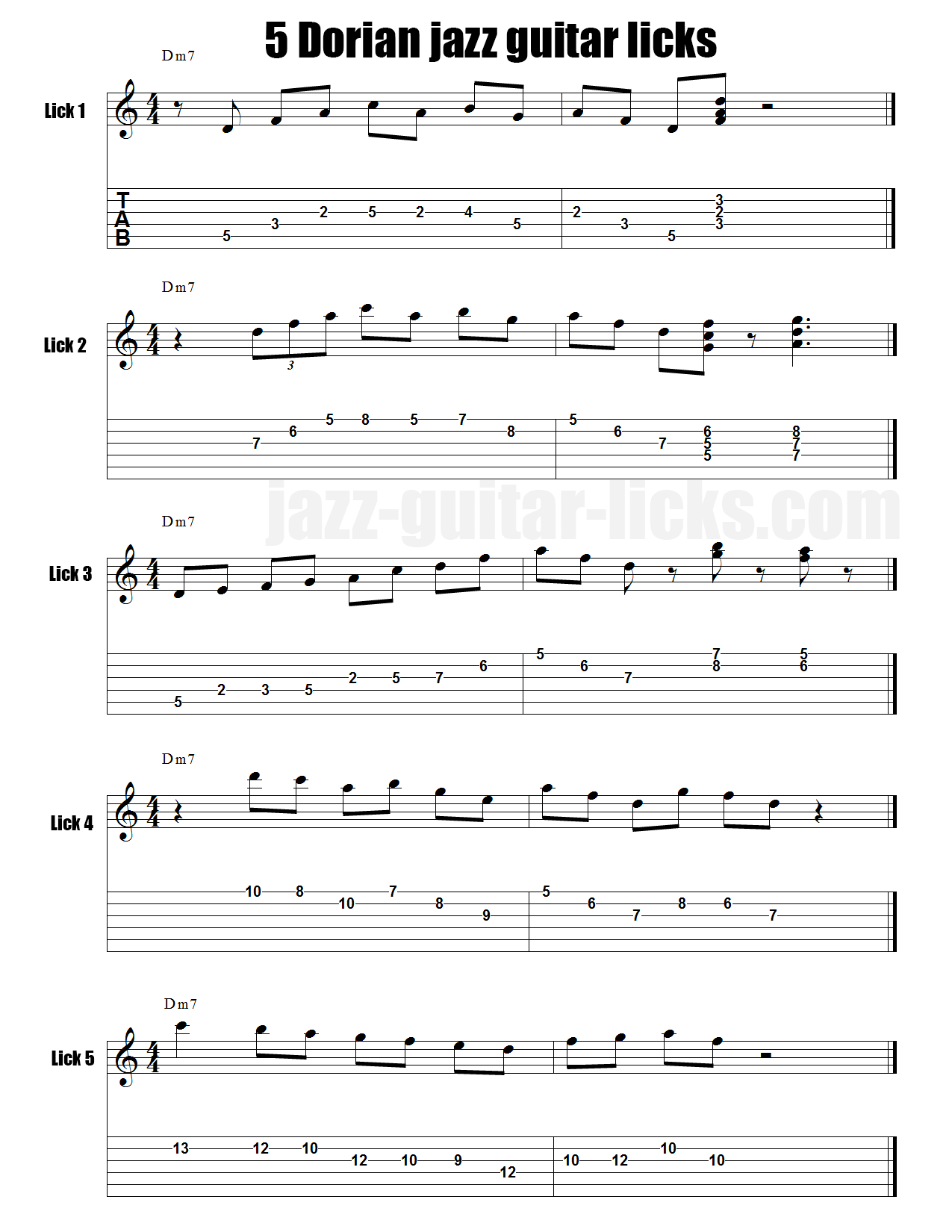

I decided to continue my musical education in Manchester where I was studying undergraduate degree at the Royal Northern College of Music and currently I am studying at the Royal Conservatoire in the Hague. During that period I received training in classical harmony, Counterpoint (polyphony), Solfeggio, Music history and gained plenty experience at orchestral playing and choral singing.

After 6 years of primary school I continued studying classical guitar at secondary music school in Varazdin, Croatia.

Impossible! Consequently, the following is how many guitarists think: “I play the C softly, then I ignore the ugly squeak over the fifth string and finally play the E gently”.I started playing classical guitar at the age of 6, and my formal musical education begun at the age of 9 when I started attending a music school in Croatia. Simply imagine this line of thought: “I play the C softly, then I squeak over the fifth string and finally play the E gently”. The reason is simple: many guitar players simply ignore string noise. When other instrumentalists hear us, they usually wonder how can we stand ourselves with all that "noise" that, certainly, could not possibly be part of the music. One of the greatest days in guitar history is the day Carlevaro found the way to eliminate left-hand squeaking on the guitar caused by the left-hand fingers on the fretboard a phenomenon that too often is ignored by guitarists, with little care for the anti-aesthetic and disturbing reaction it can produce to the listener. If he could think of something, it was just a matter of time before he found a way to achieve it. One of my teachers, the Spanish Jose Tomás, and the guitar builder Manuel Contreras.Ĭarlevaro did not leave anything to chance.

the people who recommended him as “the right teacher for you” were people I trusted and respected. I had the honor and privilege to work with the three of them and the one that faith had in mind to deeply influence me was Abel Carlevaro. or to Alicante to work with Tomas or Las Rosas to work with Yepes. That explains why many guitarists chose to go to Montevideo and work with Carlevaro. There were many questions left unanswered though, and voices that had been shut for many decades were finally beginning to be heard. One that dominated the guitar scene for almost a century. Therefore, it is fair to say that after Segovia’s huge accomplishment to establish the guitar as a “respected classical instrument”, the next great goal to be achieved was to make the world understand that Segovia’s was a “personal interpretative style”. No other guitar player before or after Segovia has ever been world-famous.


 0 kommentar(er)
0 kommentar(er)
